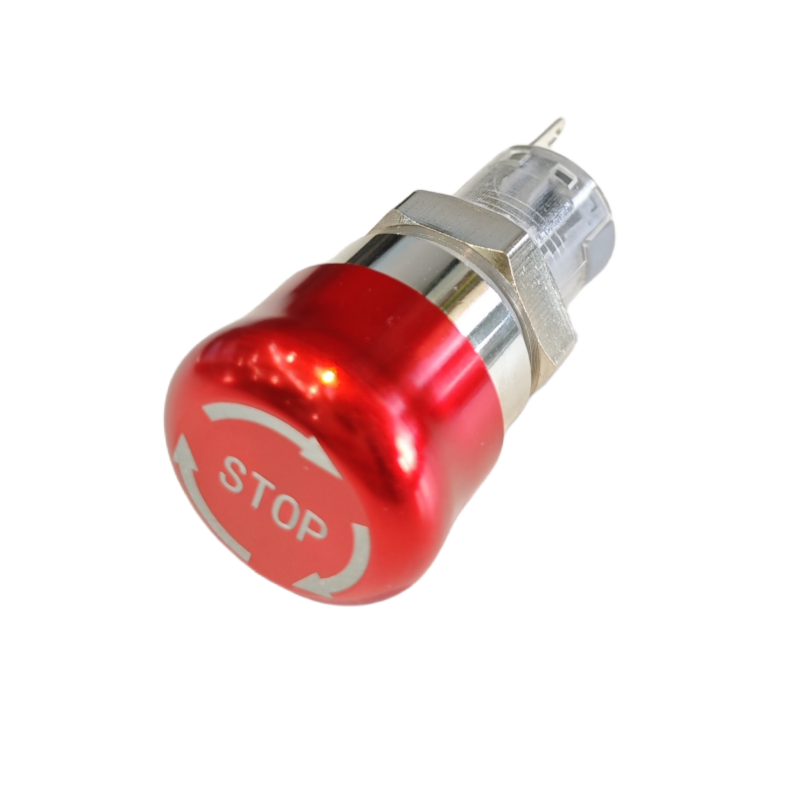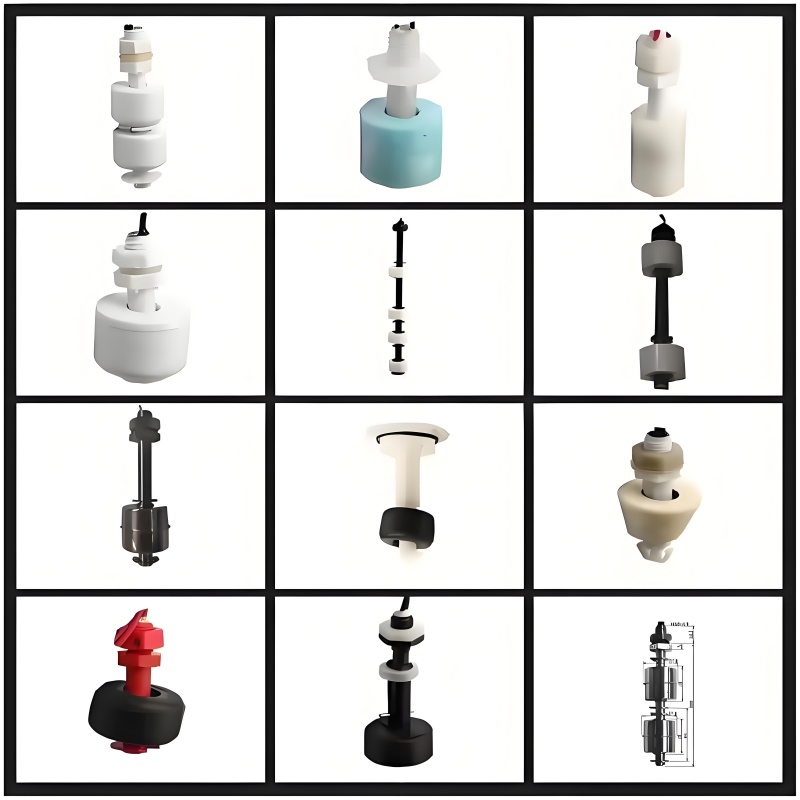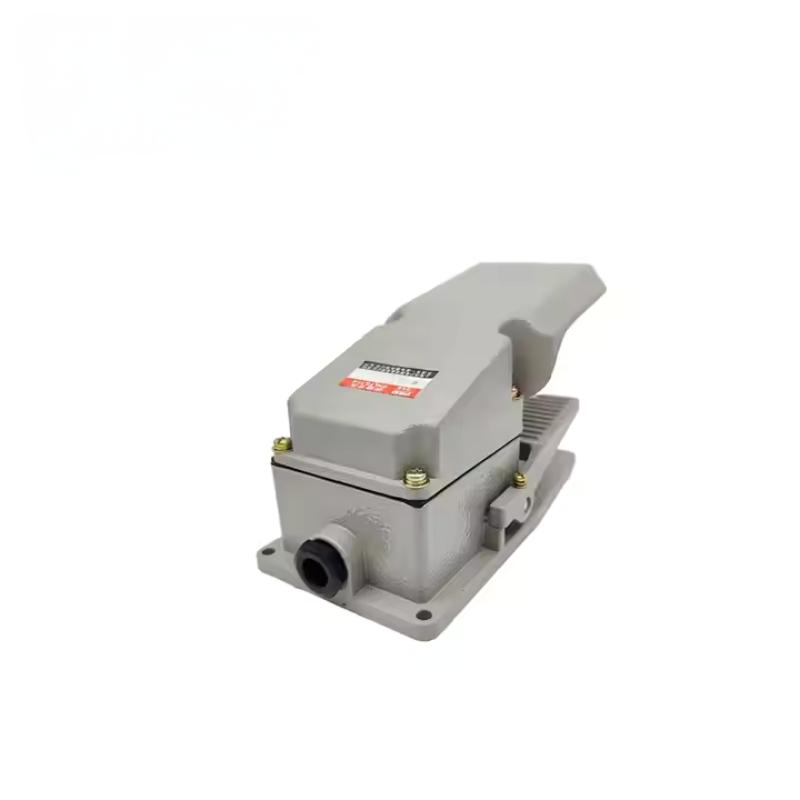
1. Human-Machine Interface Design: Ergonomics Meets Psychology
Emergency stop switches are engineered to be conspicuous and accessible, typically featuring red mushroom-head buttons. This design choice aligns with international standards (e.g., ISO 13850) and leverages color psychology: red universally signifies danger. Yet, the placement of e-stops varies across industries, reflecting task-specific ergonomics. For instance, in CNC machine panels, e-stops are positioned for right-handed access, minimizing reaction time. However, studies by UL Solutions highlight that cultural contexts can affect usability. In regions where left-handedness is more prevalent, standardized designs may inadvertently compromise safety.
The shape and texture of e-stops also play a role. A study on motorcycle turn signal switches found that users struggled with ambiguous designs, leading to errors. By contrast, e-stops with tactile feedback (e.g., raised braille markings) can improve usability for visually impaired operators. This underscores the need for inclusive design principles in safety-critical systems.
2. Cognitive Load and Decision-Making in Emergencies
During emergencies, operators experience heightened stress, which impairs decision-making. The “emotional hijacking” phenomenon, well-documented in aviation psychology, describes how stress diverts cognitive resources to emotional processing, reducing working memory capacity. For e-stops, this means operators may fumble with latching mechanisms or misinterpret switch states under duress.
To mitigate this, e-stop designs should minimize cognitive load. For example, twist-to-release mechanisms require deliberate actions, reducing accidental reactivation. However, overcomplicating the process may delay responses. A study on 911 dispatchers revealed that “emotional regulation” training—teaching operators to balance empathy with task efficiency—improved performance. Analogously, e-stop training could incorporate stress simulations to build muscle memory and emotional resilience.
3. Cultural Variability in Safety Perceptions
Cultural differences profoundly shape safety behaviors. In collectivist societies, operators may prioritize workflow over immediate safety to avoid disrupting team dynamics. Conversely, individualist cultures may prioritize personal safety over group norms. For instance, Japanese factories often emphasize “kaizen” (continuous improvement), which can foster a proactive safety culture. Meanwhile, in some Western contexts, operators may view e-stops as a last resort, delaying activation to avoid perceived inefficiency.
Cross-cultural studies on e-stop usage are sparse, but anecdotes from multinational corporations suggest adaptability. For example, a German automotive plant in China redesigned e-stop placements to align with local operator height and reach preferences. Such adjustments reflect the growing recognition that “one-size-fits-all” safety solutions are ineffective in globalized industries.
The emergency stop switch is more than a mechanical device; it is a psychological interface between humans and machines. By integrating ergonomics, cognitive psychology, and cultural awareness, designers can create e-stops that are not only compliant with standards but also intuitive and reliable in real-world emergencies. Future research should focus on cross-cultural usability testing and stress-induced decision-making to further optimize e-stop design.



